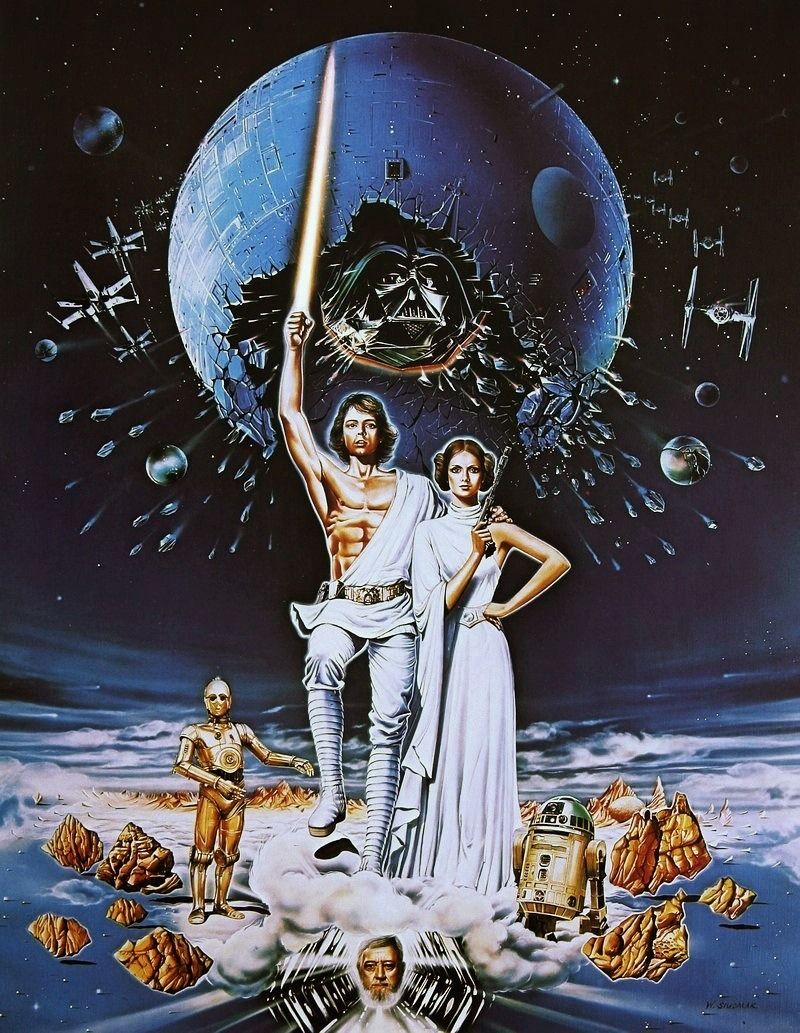Extended Edition: Wojtek Siudmak
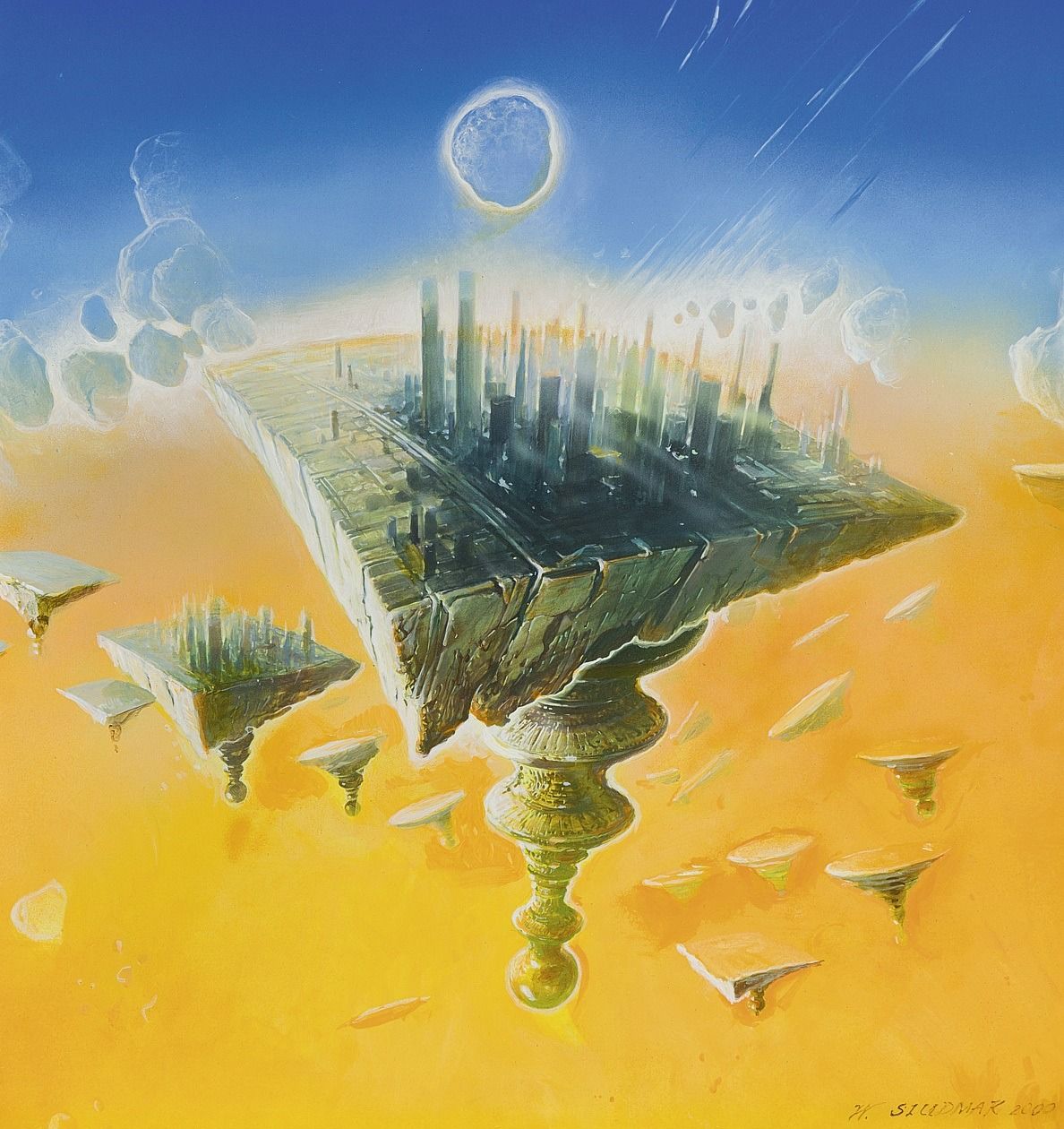
Wojtek Siudmak is second on my list of "surrealist cover artist I wanted to include a two-page spread in my book," after Henri Lievens.
The Polish artist is alive and well today, but I couldn't get through to him while putting my book together. I reached out on the artist website after writing up this entry on Siudmak, but I never heard back, and when I dug up my notes for this email, I saw it's not even a live website anymore.
***
A topless woman rides an ostrich-like alien bird in a searingly orange desert. Hooded figures stalk behind her and the circulatory systems of giant eyeballs float above. This cover to a 1982 French sci-fi and fantasy anthology is classic Wojtek Siudmak.
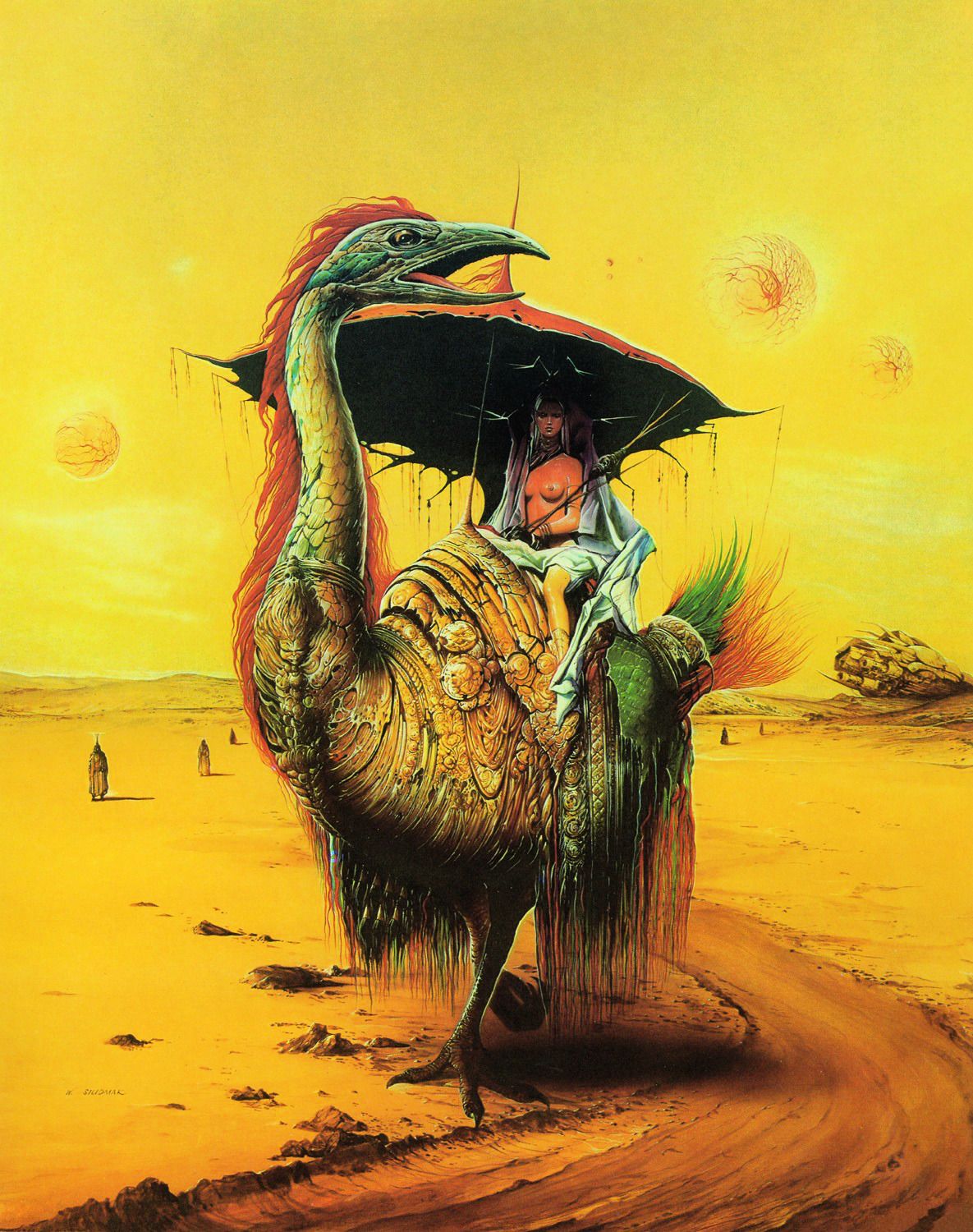
Born in Poland in 1942, Siudmak moved to France in his twenties, in 1966, and quickly started a long career in French paperbacks, with a healthy amount of album art and movie posters thrown in.
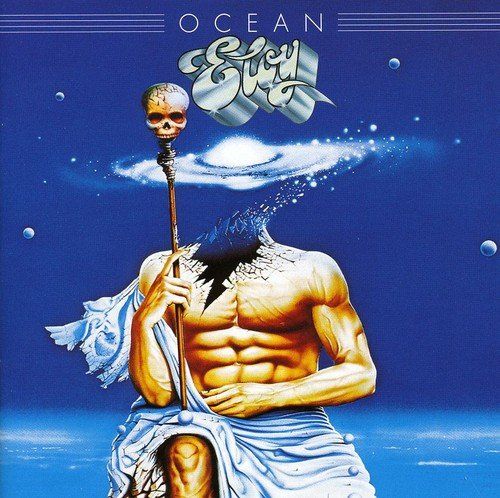
Siudmak is a self-termed fantastic hyperrealist, crystalizing subconscious imagery into clean detail.
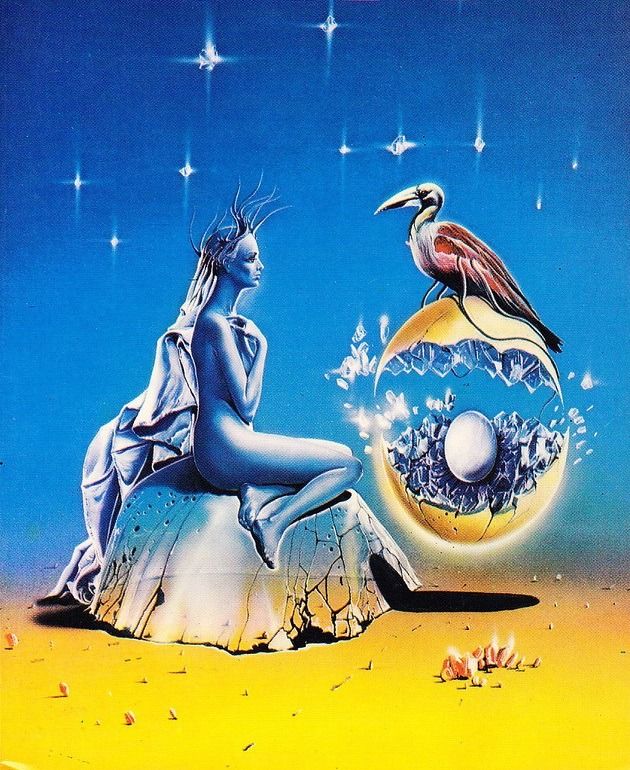
His vibrantly detailed, Dali-esque scenes tend to feature collections of things objects and symbols that seemingly don’t belong together and are often set on beaches or empty planes, sometimes partially disintegrating.
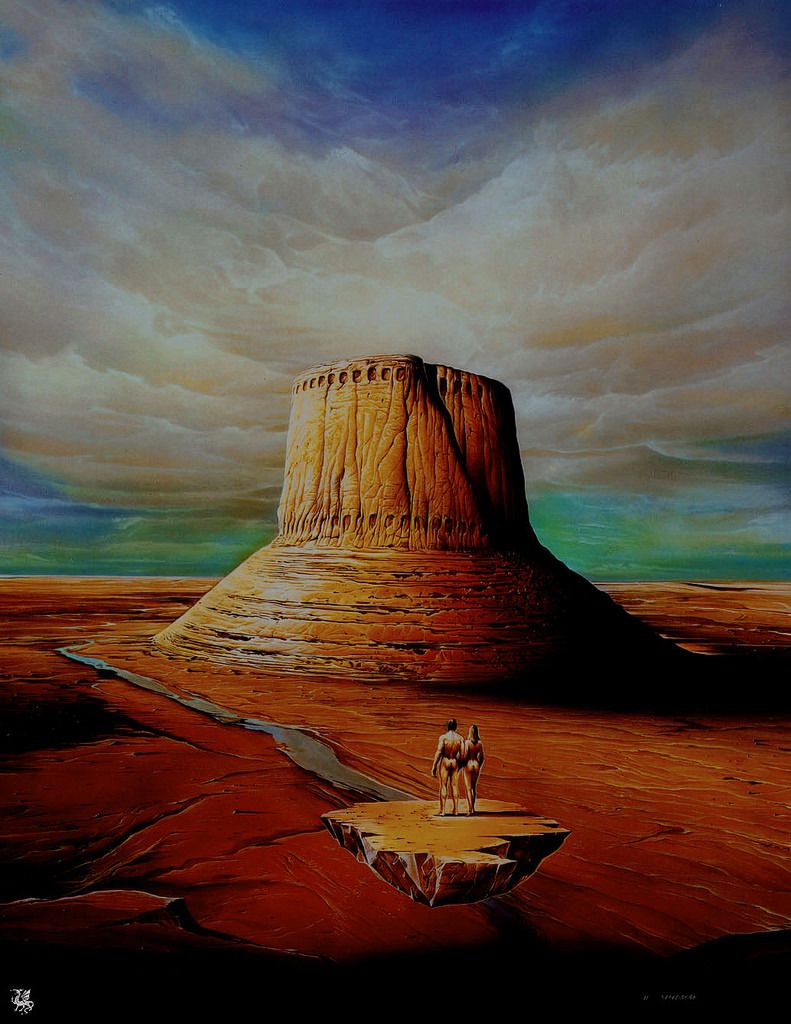
Like the best surrealists, a Siudmak cover teases its viewer with an elusive meaning. Recurring motifs include figures on horseback, disembodied faces, entire cities, and bison.
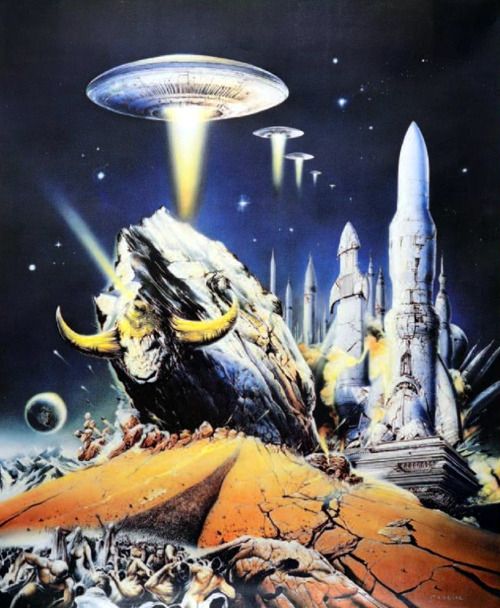
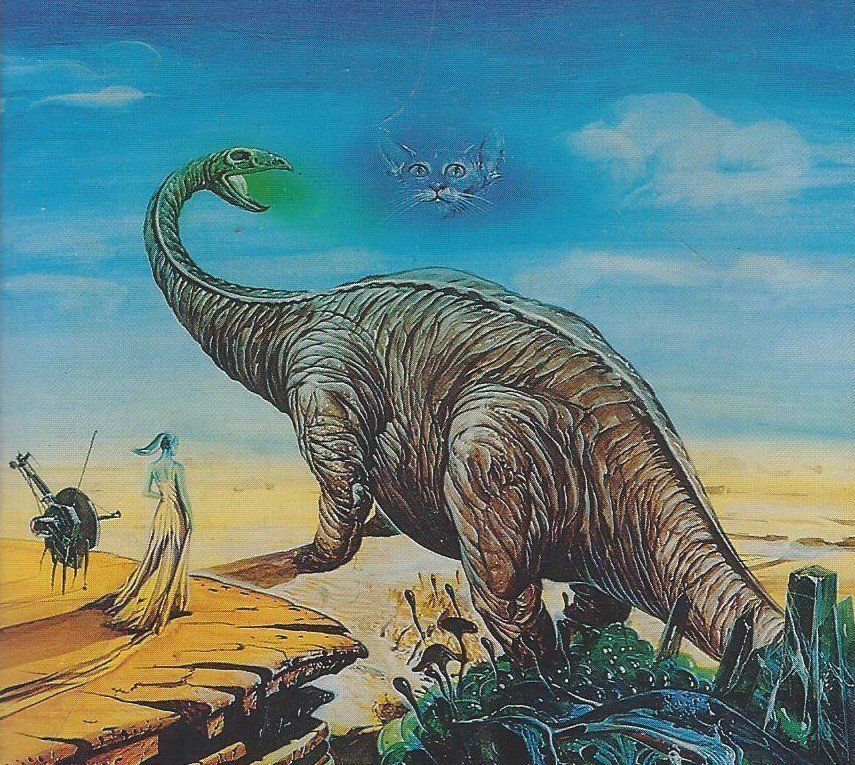
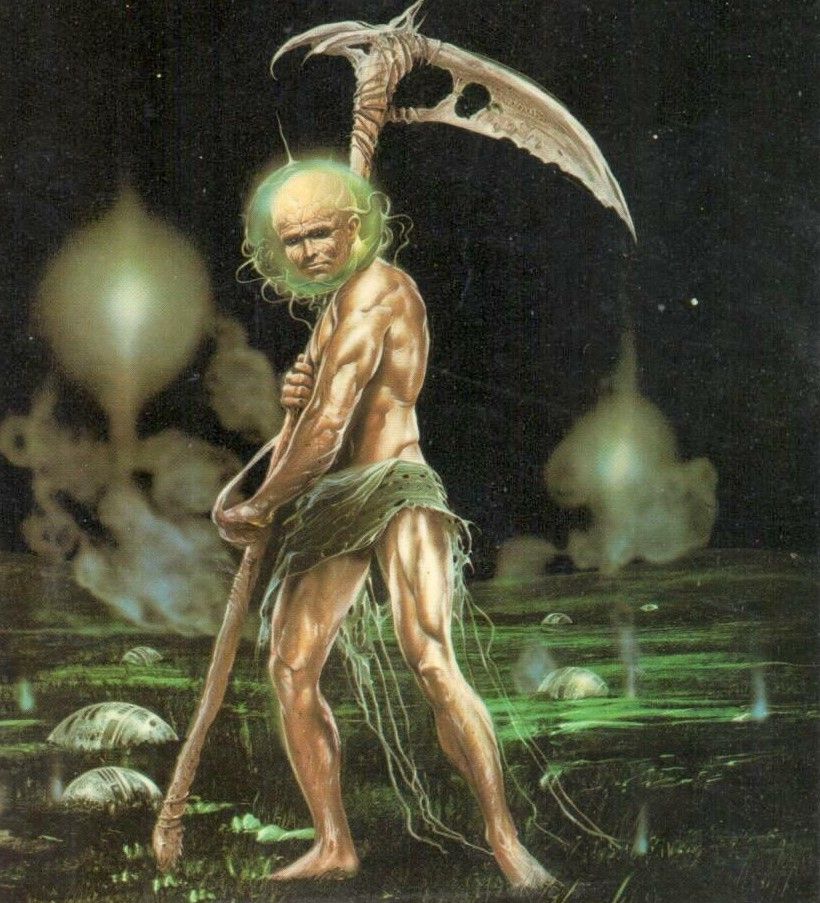
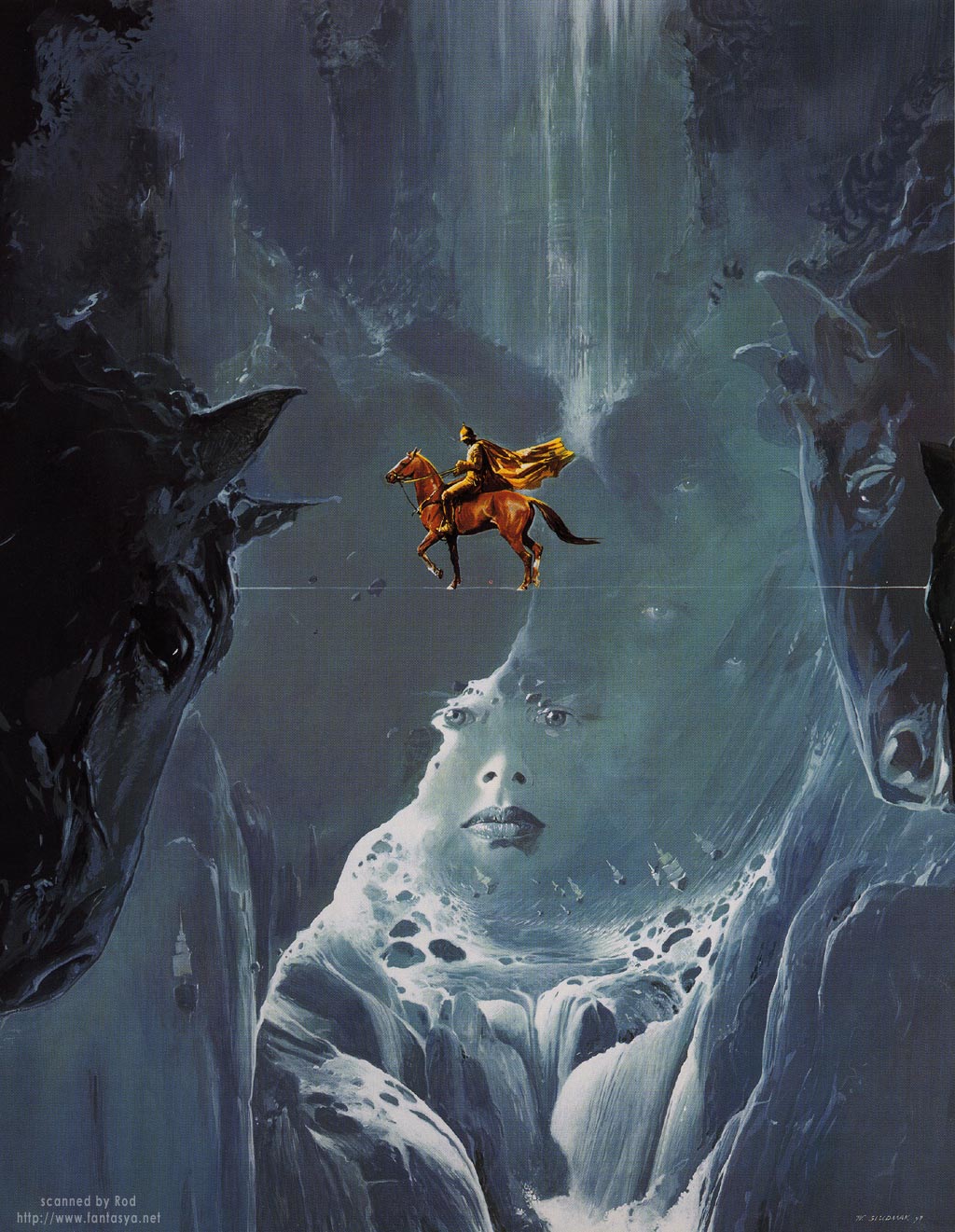
Wojtek Siudmak's interior art for the 1970 French edition of Robert Silverberg's The Man in the Maze (1969) and The Masks of Time (1968) pic.twitter.com/8pqrMqeRE4
— Joachim Boaz (@SFRuminations) June 2, 2018
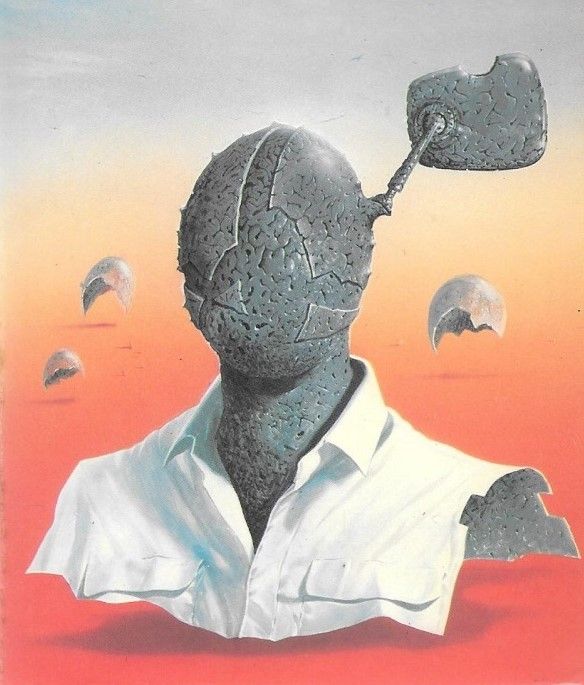
His fans include Federico Fellini and George Lucas, and after roughly half a century, he remains today one of the biggest names in fantasy realism. As he put it in a 2004 interview, science fiction to him is the freedom to “créer sans limite” — to create without limit.
